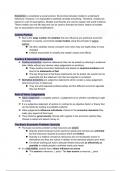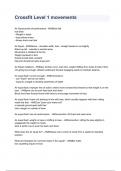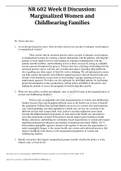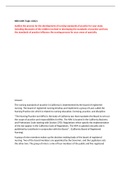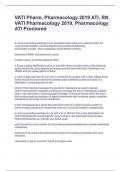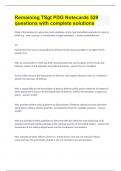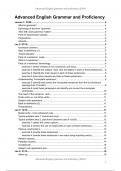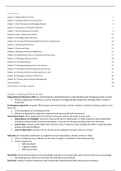Summary
Summary THE BEST NOTES FOR Unit 1 IAL economics (micro economics): I GOT 20/20 ON MY 20 MARKER
- Module
- Unit 1 econ (WEC11)
- Institution
- PEARSON (PEARSON)
I only used this to get an A in Unit 1 economics. I am also selling my Unit 2 economics (macro) on my page. I got a 20/20 on my 20 marker only by memorizing my notes + graphs (which you can find in my notes with lots of details and well explained). This is all you need to secure an A!
[Show more]
